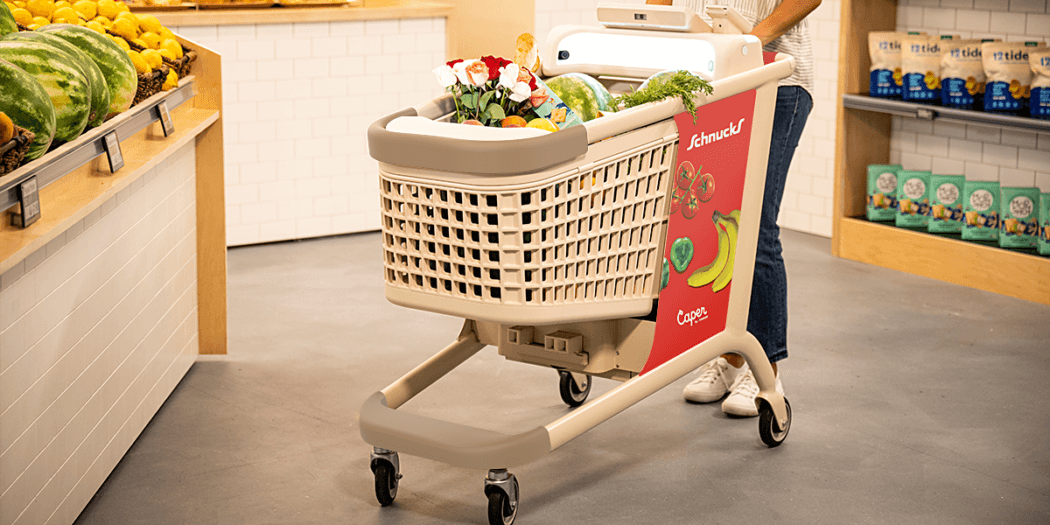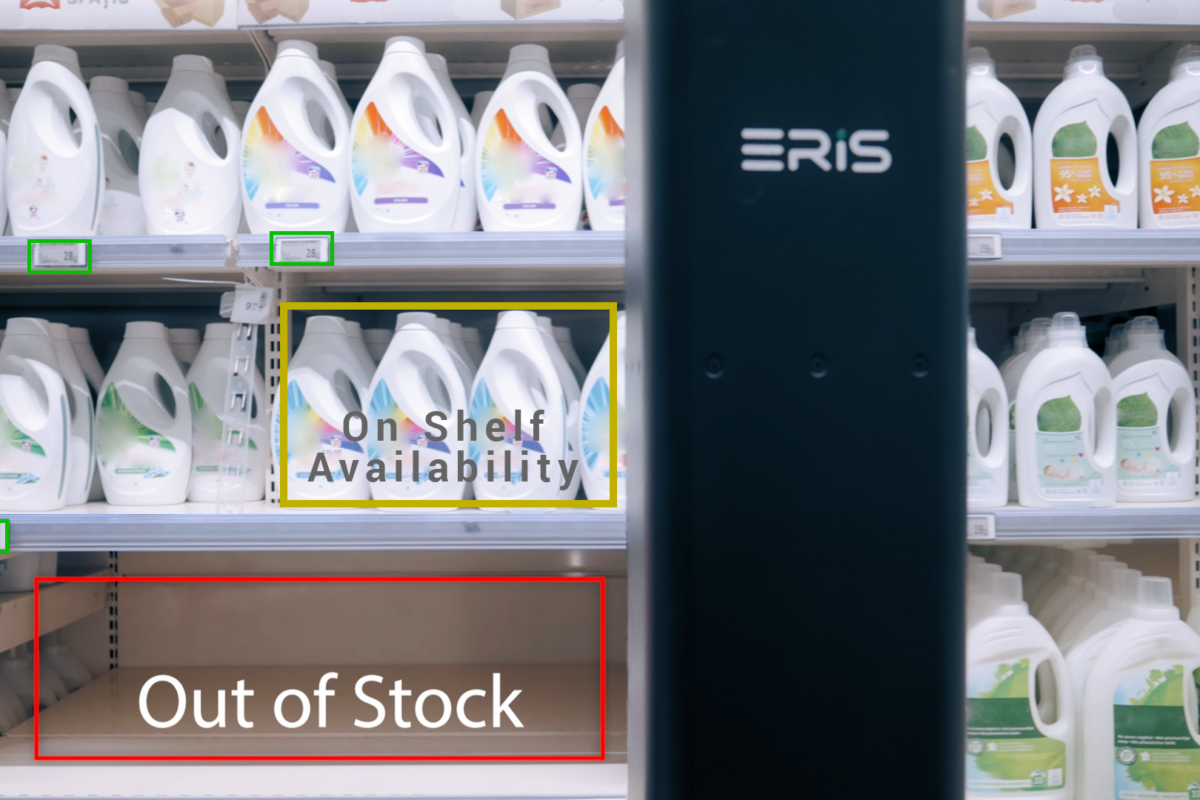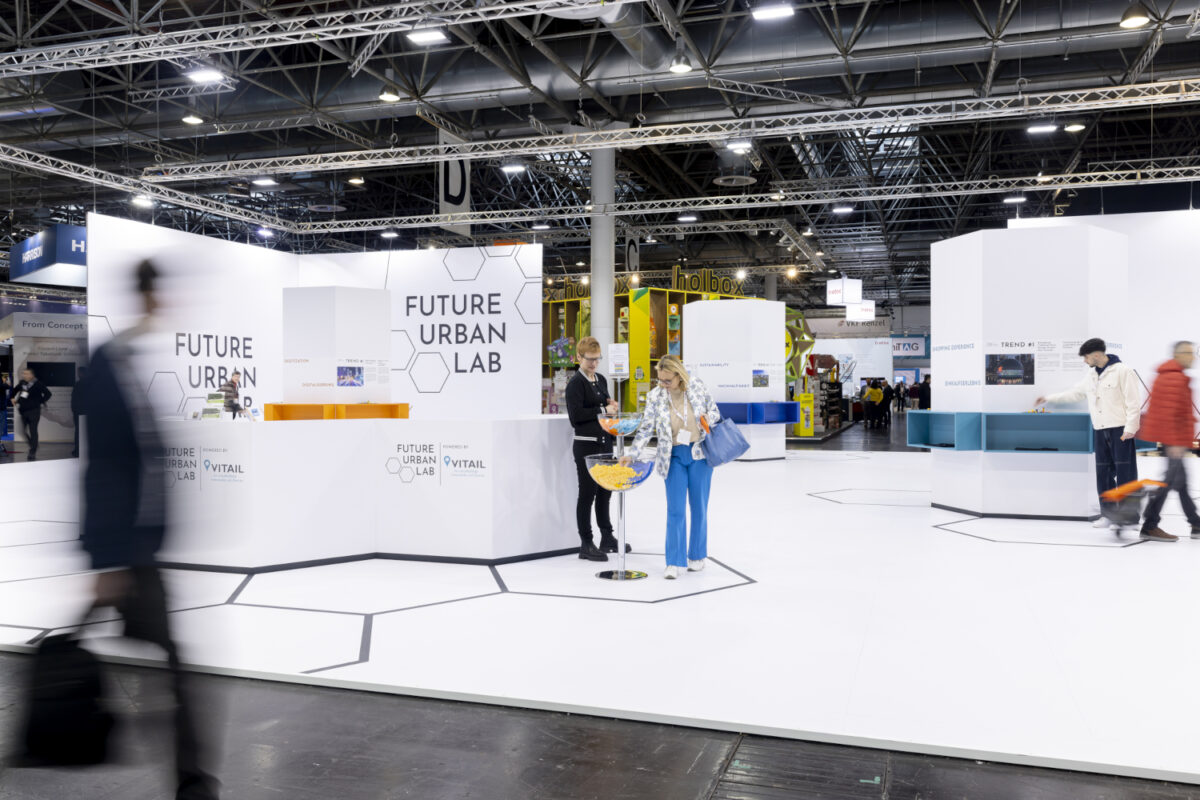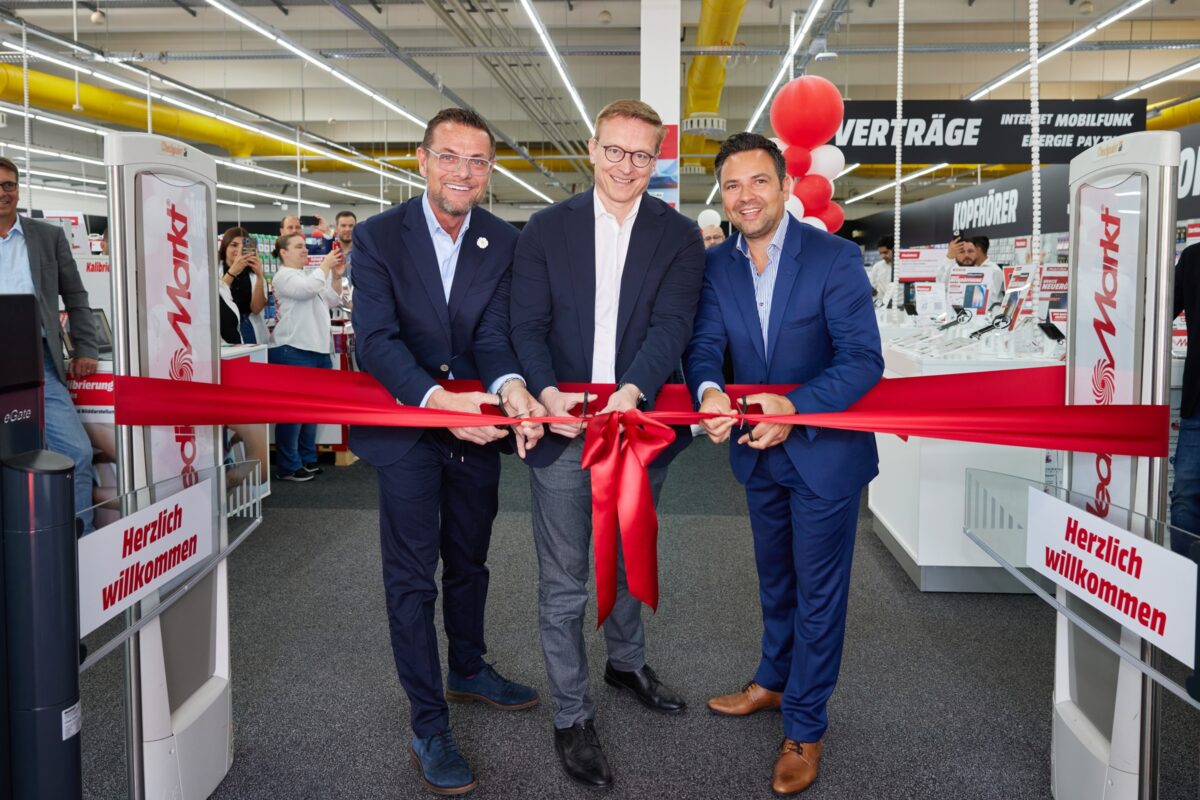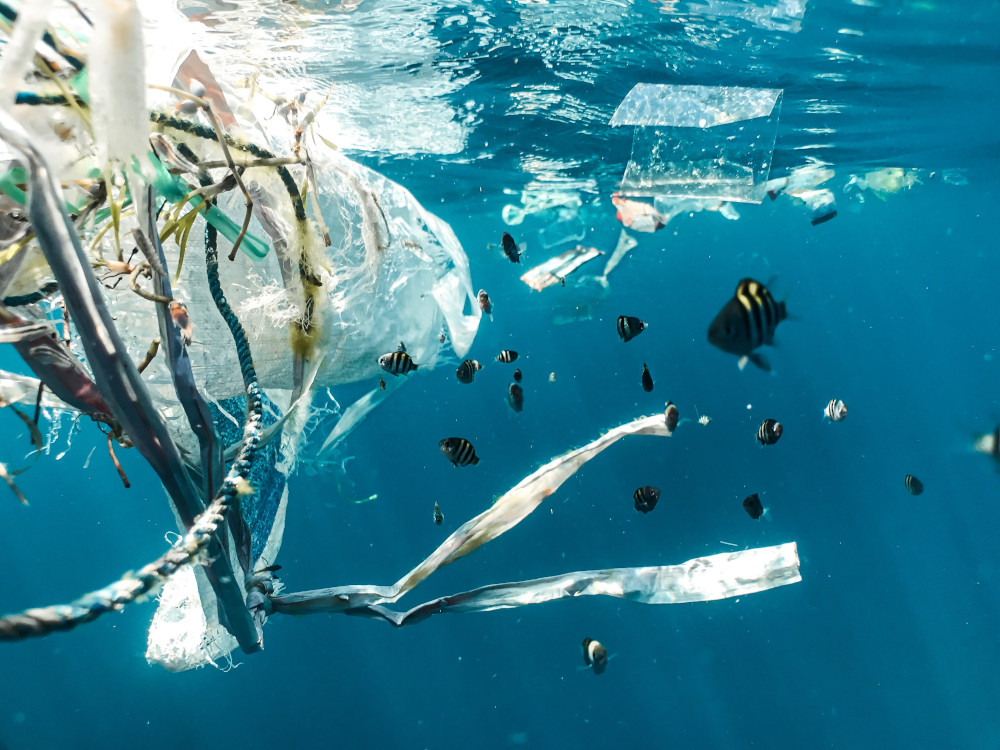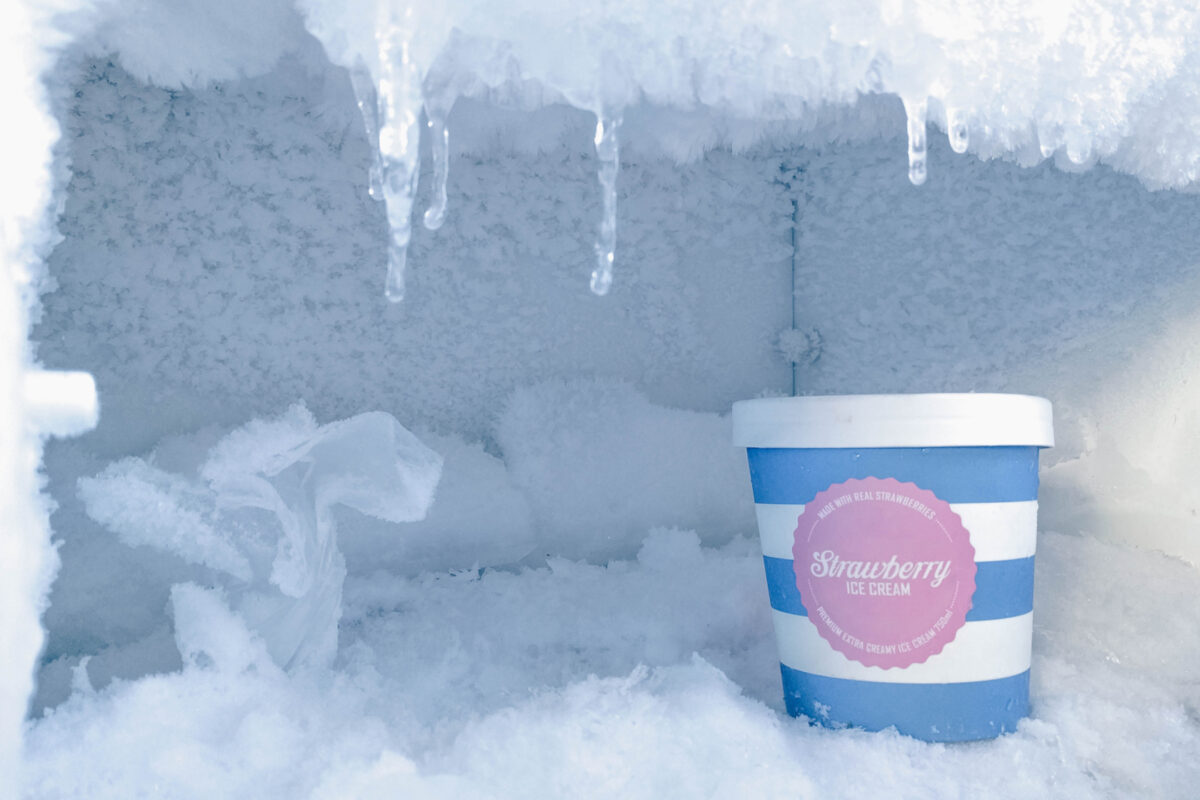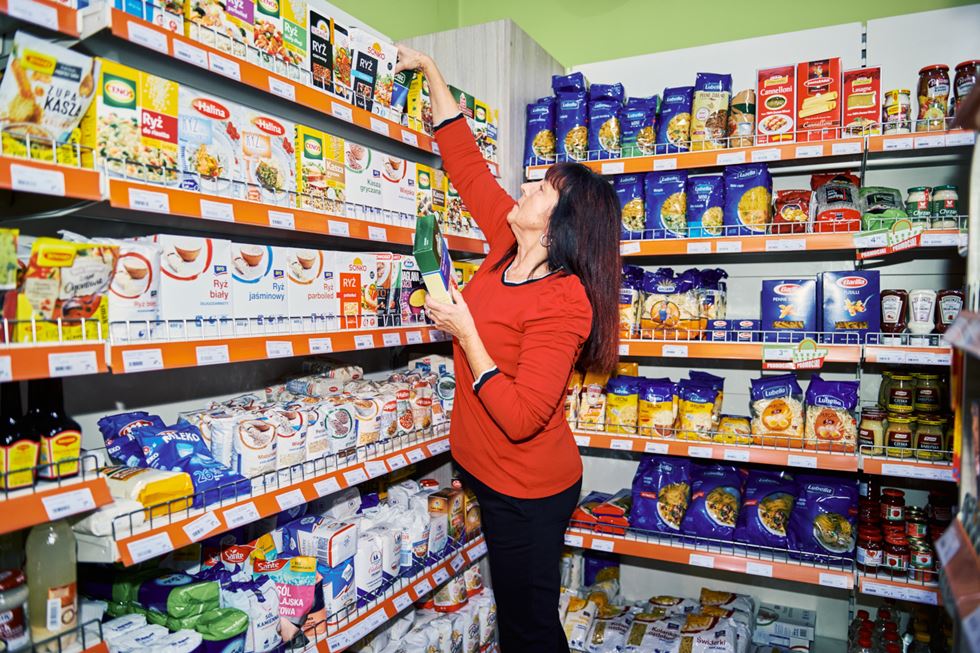Artificial intelligence helps reduce the ecological footprint of bakeries
by Elisa Wendorf (exclusively for EuroShop.mag)
Fresh baked goods all day, every day: it makes customers happy but puts a strain on the environment. Unsold products are thrown out at the end of day, while their production and storage consume precious energy. Smart planning helps to cut down on wasted food and resources. The EIT Food project PrO4Bake uses artificial intelligence to optimize day-to-day processes of bakeries. The project is coordinated by the University of Hohenheim.

Viktória Parrag // © Adrienn Hillebrand
We spoke to Viktória Parrag, PhD, from Campden BRI Hungary – an independent European service provider in the food and drink industry – and asked her how artificial intelligence can support assortment planning in bakeries and subsequently reduce environmental pollution.
Ms. Parrag, bakeries are a prime example of businesses that concentrate solely on the brick-and-mortar operation. Where do you see a need for digitization in this setting?
Viktória Parrag: Just over half of all food establishments in the EU are bakeries, with nearly all of them being small and medium-sized enterprises (SMEs). The introduction of new technologies, including digital or energy-saving solutions can often be a difficult undertaking for these companies. The bakery industry is also an energy-intensive sector known for its high energy use.
Most small and medium-sized bakeries produce a wide variety of goods in different sizes, requiring different preparation and baking times at varying temperatures. To facilitate production planning, baking sequences must be optimized and several factors taken into account – the use of energy, equipment and production capacity, labor, and the varying consumer demand. This frequently leads to unnecessary food waste due to miscalculations of supply and demand.
Until now, production planning in small and medium-sized bakeries has typically relied on the experience of the baker, who has worked out a plan and schedule over time. In contrast, a computer can quickly process a vast number of different combinations to identify the most efficient production plan. A decision-making model for demand forecasting based on special software tools performs far better than the human brain in this setting.
The PrO4Bake computational model is designed to optimize bakery processes. How can this model increase economic growth and achieve great ecological efficiency?
The goal of our PrO4Bake project is to develop a model that simulates the bakery production processes of different baked goods. The key is to optimize the individual production steps and baking sequence to maximize production efficiency. The model can optimize the production process by incorporating various factors to ensure efficient utilization of the ovens, for example. Preheating the oven is one of the most energy intensive processes in small and medium-sized bakeries. By optimizing baking oven efficiency, bakeries can reduce both production costs and CO2 emissions.
The second focal point of the project pertains to sales planning: We use artificial intelligence for demand forecasting. Besides the planning process of the bakery, other factors such as holidays or the weather are also included in the calculation. This is meant to prevent overproduction, while bakeries reduce ingredients costs. It also reduces food waste, energy consumption, and labor and improves oven uptime efficiency and capacity at the same time. Economic and environmental performance go hand in hand in this setting.
A ten percent reduction in energy consumption of all bakeries – which is the projected target if bakeries implement the PrO4Bake project tool – can save up to 760 million euros in energy costs in the European bakery industry in just one year without the need for any additional investments. In doing so, we are also helping food retailers to prepare for electronic data capture for better and more comprehensive analysis, which lays the foundation for other advanced digital solutions in the future.
What are the (technical) requirements for bakeries to use the application?
Theoretically, there are none because all data can be collected and entered manually. Having said that, it takes considerably less effort if some level of infrastructure automation is already in place. Professional knowledge to overcome local obstacles is needed when you introduce modern digital technologies in SMEs. That is why the implementation of the tool is complemented by training courses and consulting services to ensure the best possible results for bakeries.
Can this model be transferred to other industry sectors?
The tool can be used in any sector of the food industry that produces different types of products during one work shift and requires adjustment to the equipment or its settings or cleaning between production switching. Demand forecasting is especially useful when dealing with rapidly changing consumer demand and products with a very short shelf life.
AI combines large amounts of data with fast, iterative data processing and intelligent, adaptive algorithms to facilitate increasingly complex analyses and solutions to complex problems. AI models can be trained to identify and learn from patterns or features in the data. They can subsequently be applied to solve specific, real-world examples and problems, while the AI model efficiency can be further improved thanks to the application. Implementing these technologies can be a “blueprint” for application in other industries.

© EIT Food, 2021






